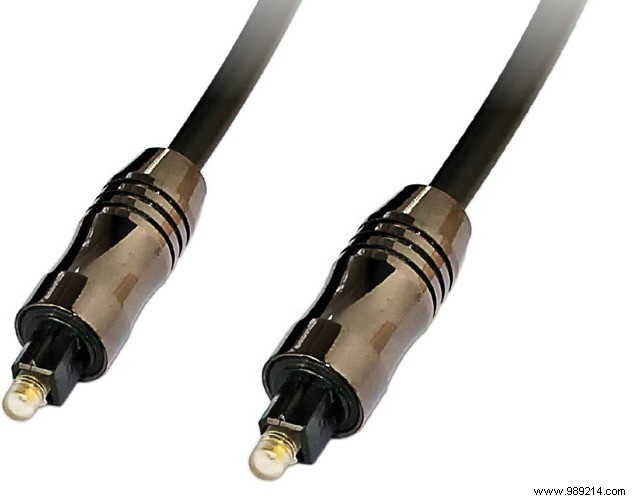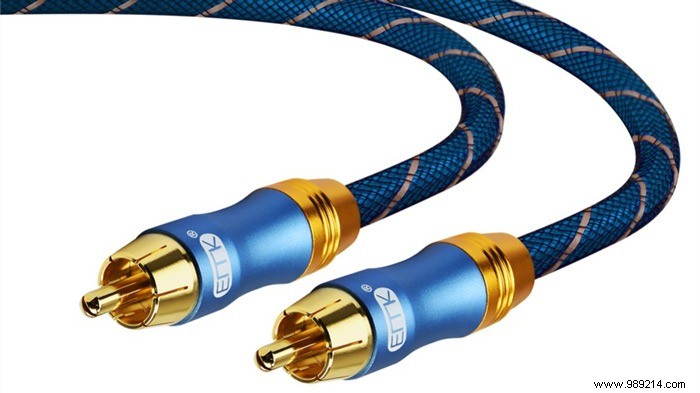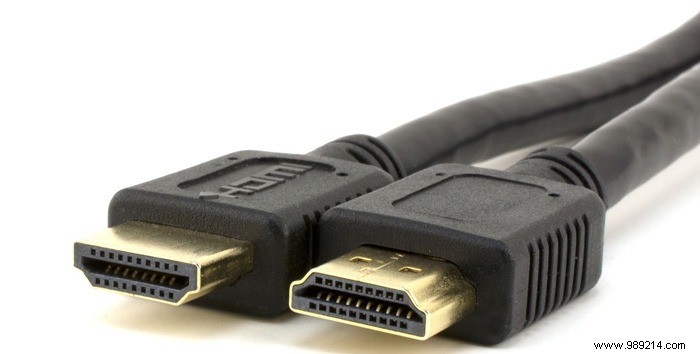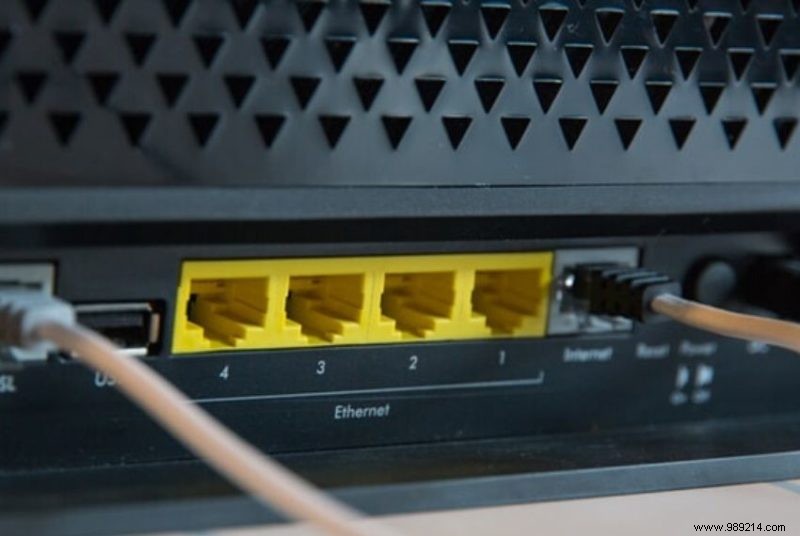That hasn't quite happened with audio cables, where seemingly old formats like 3.5mm and optical audio continue to happen even in modern devices. But given the option, should you use one of these HDMI audio formats or the newer ones? Here we will explain all the formats to you so that you can make an informed choice.

The best way to describe optical audio (which uses the S/PDIF interface to transmit data) is to send the sound signal digitally through fiber optic cables, using light in a plastic or glass tube to carry its signal rather than copper wiring.
Technically, comparing this to analog is like comparing HDMI (digital) video cables to VGA (analog) video cables.
The main advantage of digital audio cables is 5.1 surround sound and support for established Dolby formats such as Dolby True Surround and Dolby Digital. If, for example, your speakers support Dolby True Surround but you don't have a dedicated sound card in your PC, then an optical cable essentially transfers the sound encoding to your receiver, potentially giving you – for example – 5.1 surround sound that you otherwise couldn't get on your PC.

Less common coaxial cables, on the other hand, use the older style RCA ends while delivering a digital signal. You're much more likely to use them with AV gear than PCs, and they're capable of audio bandwidths of up to 192kHz, as opposed to the 96kHz of optical cables (although it's often wondered if it really provides audible sonic benefits at lower frequencies).

And finally we come to the crème de la crème – the HDMI cable. While you probably associate it more with hi-res video than audio, it's also your best bet for sound. It supports latest lossless Dolby sound formats like Dolby TrueHD and DTS HD Master Audio which are widely used on Blu-Ray.
It also supports Dolby Digital Plus, Dolby Atmos (recently added to Netflix) and has the highest bandwidth of any cable. This is what allows HDMI cables to deliver 7.1 surround sound, as opposed to 5.1 on optical cables.
HDMI transfers audio digitally, and at best, it can do so uncompressed at sample rates up to 192kHz. Where digital cables can only carry two channels of uncompressed PCM audio, HDMI 1.4 can carry eight channels and HDMI 2.0 is capable of 32 channels. Phew!
Another thing to watch out for is HDMI ARC. The "ARC" part here stands for Audio Return Channel and is usually found on TVs. If you connect an HDMI compatible audio receiver to your TV through this port, that audio receiver will work for all devices on the TV and can be controlled from your TV remote using a technology called CEC (Consumer Electronics Control).

A downside of ARC is that, for the most part, it doesn't support lossless audio formats like Dolby Atmos and True HD. The current rendering of HDMI Arc is functionally superior to optical cables, although the next iteration, eARC, will take full advantage of the capabilities of the HDMI format.
The best of all? You probably have a spare in a drawer somewhere just waiting to be used!
If your speakers, PC, receivers, or TV have both optical and HDMI ports, it's always worth using the HDMI option. HDMI is just as robust an audio format as digital, and it increasingly looks like all of our devices will be brought together under the HDMI banner without the need for different cables for different jobs.